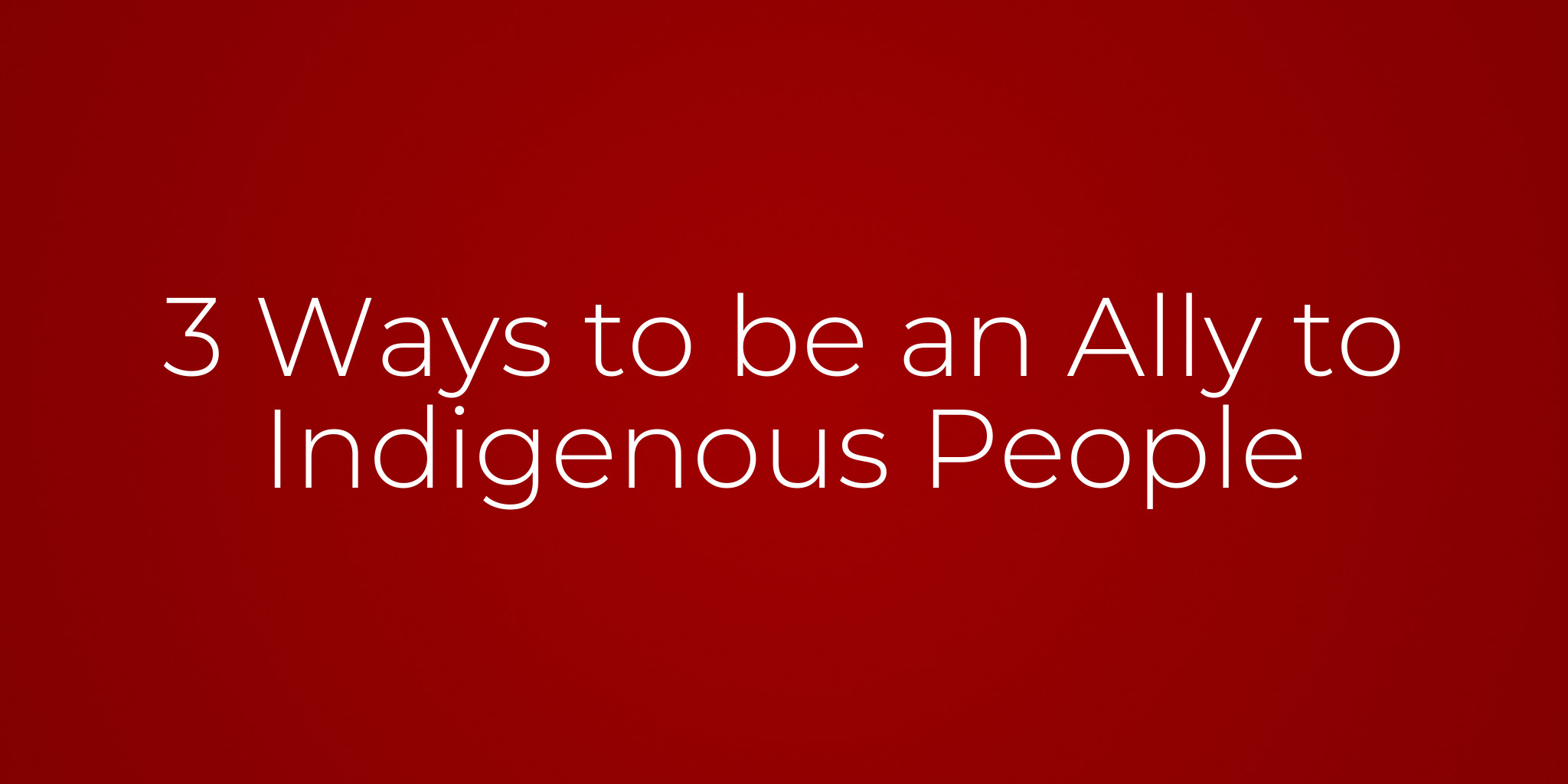3 Ways to be an Ally to Indigenous People

In 1621, the Pilgrims celebrated their first successful harvest in America. This celebration was attended by ancestors of the Wampanoag tribe. Although it didn’t occur exactly as your middle-school history book told you, it did represent a moment of peace between indigenous people and colonizers (Salam, New York Times 2017). Now, Thanksgiving represents family, gratitude and charity. Or just football and mashed potatoes, depending on your perspective. Thanksgiving can also be an opportunity to learn more about indigenous people and the challenges they face today. In fact, all of November is Native American Heritage Month! Here’s a few things you can do to learn about and support native people this November.
Educate yourself
K-12 education often does not adequately cover the history of Indigenous people in America. Just like learning how to change a tire or file your taxes, educating yourself on inequalities indigenous people face is the responsible thing to do. First Nations Development Institute has a great list of articles, videos, books, academic journals and more that you can use as a jumping off point.
Another great way to learn and internalize is to teach others. Next time you have a paper or a presentation for which you can choose the topic, consider researching a specific issue or topic that revolves around native people. It can also be an important exercise to learn which tribes and nations are closest to you. Pay attention to artifacts and stories about these people in your local museums, libraries, and historical monuments.
Microaggressions and more
Our language is very powerful in showing others how we feel. When you make an effort to avoid offensive language and speak to people the way they want to be spoken to, you show that you care. All native groups and individuals are unique and shouldn’t be generalized. When speaking with an indigenous person, always listen to their requests on what words they prefer (e.g. Native American vs Indian vs Indigenous) and listen to their experience with an open mind.
Microaggressions such as calling your friend group your “tribe,” a meeting a “pow-wow,” or something your “spirit animal” is offensive and pokes fun at important religious and cultural traditions. Don’t call a person “Pocahontas” or “Chief.” Dressing up as a native person is never acceptable, ever. The list goes on. You can find a list of 100 dos and don’ts here: https://www.vice.com/en/article/pa5a3m/how-to-be-an-ally-to-native-americans-indigenous-people. Calling out your friends, family, and teachers on these types of racist actions and statements helps to bring awareness to what it really means, and how it can be hurtful and alienate indigenous people.
Offering support
Support for indigenous communities can come in many forms. Following indigenous creators and influencers on social media can help open the doors for your personal education, and your likes, follows, and shares can help lift up native voices. (Look for #NativeTwitter, #NativeAmerican, and #Indigenous.) Seek out media that features indigenous writers, producers, artists, actors, and musicians. Donate to local or national funds. Oh look, another list! Yay! (https://www.bustle.com/p/7-native-american-organizations-to-donate-to-for-the-indigenous-peoples-march-15862457) Support businesses owned by indigenous people. Christmas is right around the corner; consider buying some of your presents from native sellers!
Keep going!
In the conversation about racism in the United States, Native populations are left forgotten. This list barely scrapes the surface for what is needed, and what you have the power to do. Your words and actions are important. Take them seriously. And have a very happy Thanksgiving!
Keep in touch! Subscribe to the SSF Newsletter today for news and updates!
Have any questions you'd like to ask, requests for articles, or feedback? Email us at help@sebsscholarship.org.
Written by Lucie Sullivan on Nov 23, 2020